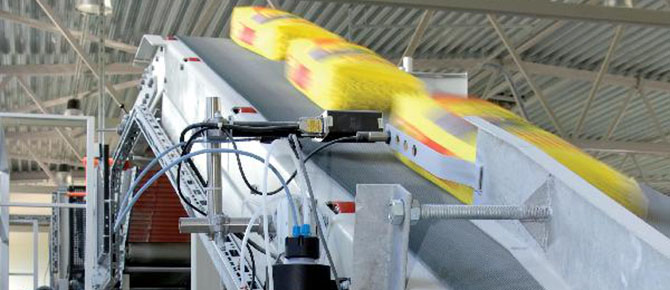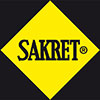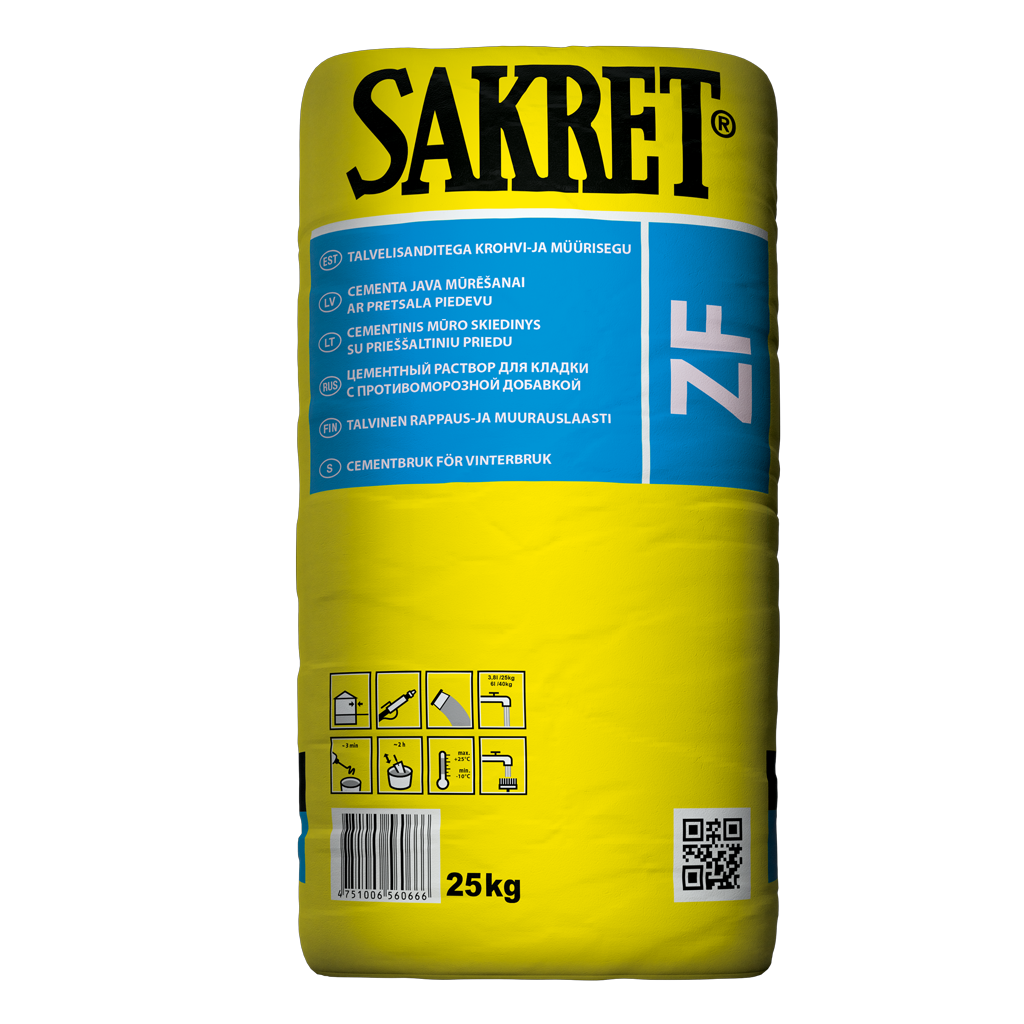ZF / Cement mortar for masonry with antifreeze additive
- For work at temperatures up to -10°C
- Cement based
- Strength class M10
- For masonry, plastering and repair works
- Plastic during rubbing
- Excellent mechanical and climatic resistance
- Can be used for masonry of chimneys
- Grey colour
- High hydrophobicity and water vapor permeability
Processing
- The base surface must be firm, stable and without cracks
- Blocks or bricks must be clean and dry, not iced or frozen
- Clean the surface from loose and/or separable layers
- Particularly dense and/or smooth surfaces should be treated with an abrasive material
- Highly absorbent surfaces must be primed with SAKRET BG primer or SAKRET UG primer (diluted 1:3)
- Especially smooth concrete surfaces should be primed with SAKRET QG primer
- Mix SAKRET ZF in a clean container with cold water (use warm water in winter conditions) until a homogeneous mass without lumps is formed
- It is recommended to use a mixer with 600 turns per minute
- The temperature of the construction mixture at the time of masonry should not be lower than +80C
- Constructions must be covered immediately after the work is completed, first with waterproofing and then with heat-insulating material, for example - with polyethylene film and mineral wool plates
- The temperature of any base or formwork must be such that the concrete does not freeze before reaching the critical or calculated temperature during hardening min. +5°C
- Mortars with a class not lower than M5 can be used
- All bricks and blocks must be cleared of snow and ice before laying
- It is recommended to perform a thermal calculation of the structure to be concreted (concrete cooling time, required thermal insulation properties, concrete setting temperature)
- Above +5°C, antifreeze additives act as a hardening accelerator
- The technical data refers to a temperature of +20°C and 50% relative air humidity. Lower temperature increases, higher - decreases the specified values
- During the hardening phase of the mortar, protect from the sun, drafts and excessively high temperatures (>30°C)
- Protect fresh adhesive from rain and too rapid drying
- When the mortar has started to bind, no more water can be added!
- Wash containers and tools with water immediately after processing the mortar
- Hardened mortar can only be removed mechanically
- Contains cement, reacts alkaline
- Protect skin and eyes, follow technical instructions. If the mortar gets into the eyes, rinse with a large amount of water, if necessary, consult a doctor
- Protect the packaging from weather conditions, store on wooden pallets, in a cool and dry place, cover torn packaging immediately
Packing
- 25 kg / paper bags / 48 bags on a pallet
- 10,000 kg - 20,000 kg / mobile transport silo
Tehnical data
| Strength class (according to LVS EN 998-1) | Strength class (according to LVS EN 998-2) | Grain size | Volume of ready mortar (25 kg) | Volume of ready mortar (40 kg) | pH | Drying for 1mm plaster layer | Achieving full hardness | Fire safety class | Storage time |
|---|---|---|---|---|---|---|---|---|---|
| CS IV | M10 | ≤2mm | ~ 15 l | ~ 24 l | 11 - 13,5 | 24 h | After 28 days | Euroclass A1 (non-flammable) | 12 months |







